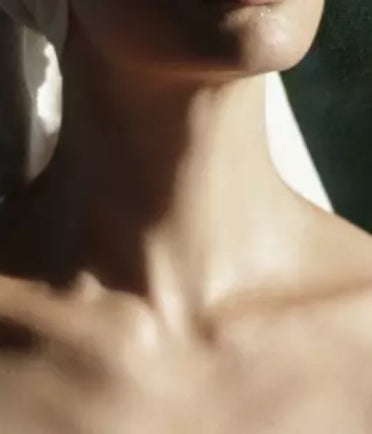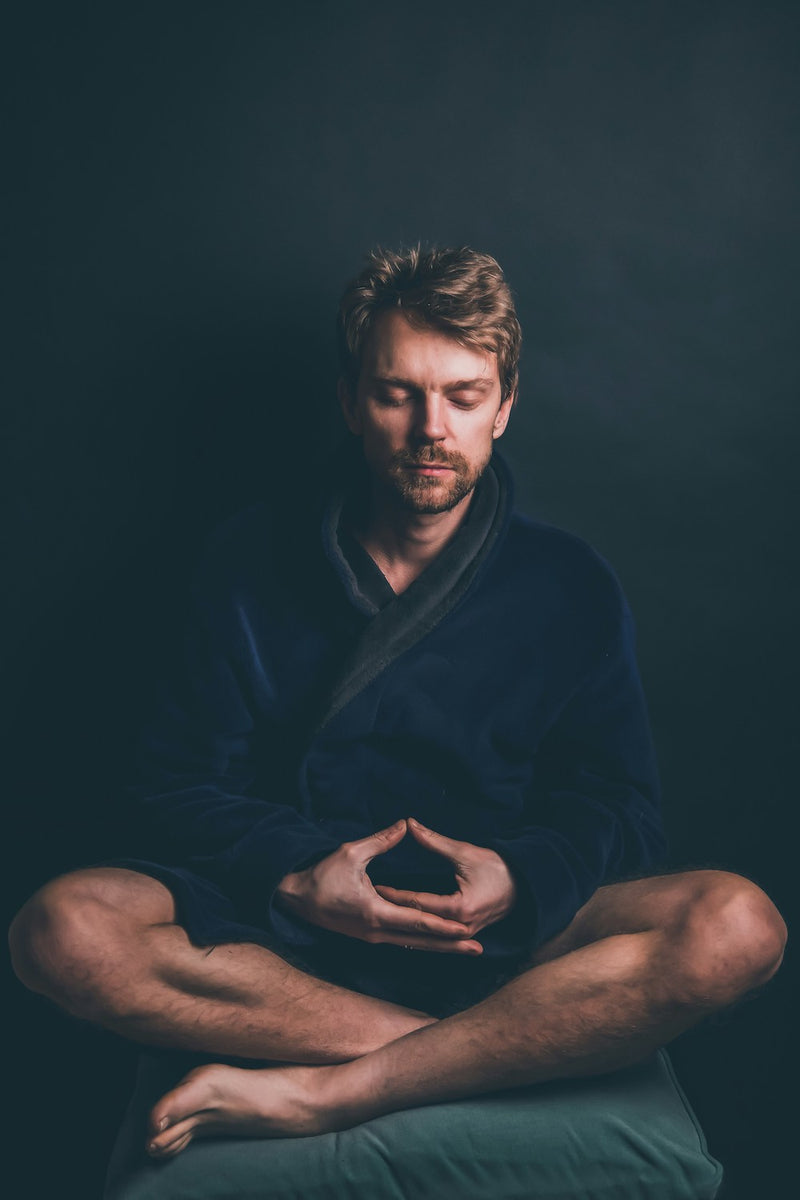Not so long ago, people thought that a sunburn was necessary on the way to a good base tan. Unfortunately, the burn is never a good sign. What sun addicts didn’t know then was that we were setting our skin up for damage to its structural proteins and DNA. This in time invariable results in wrinkles, liver spots and cancers. No matter where your complexion falls on the Fitzpatrick Skin Type scale, ultraviolet radiation (UV) from the sun or tanning beds will damage your skin.
| Skin Type | Typical features |
Tanning Ability |
| I Pale white skin | Blue/green eyes, blond/red hair | Always burns, does not tan |
| II Fair skin | Blue eyes | Burns Easily, Tans Poorly |
| III Darker white skin | Tans after initial burn | |
| IV Light brown skin | Burns minimally, tans easily | |
| V Brown skin | Rarely burns, tans darkly easily | |
| VI Dark brown or black skin | Never burns, always tans darkly. |
Today, recognition of the risks posed by UV rays has motivated medical scientists, to study what’s going on in our cells when they’re in the sun – and devise modern ways to ward off that damage. Our ancestors appeared to have a natural resistance to sun damage – could this be down to their diet, the lack of processed, ultra processed foods. The available home-grown vegetables and fruit. People did not travel to the sun on a regular basis. They probably also lived a more balanced lifestyle.
Note the sun is not all bad – in fact the sun is important for health – it protects against some cancers.
Ultraviolet (UV) irradiation causes various types of DNA damage, which leads to specific mutations and the emergence of skin cancer in humans, often decades after initial exposure. Different UV wavelengths cause the formation of prominent UV-induced DNA lesions. Read more here
The damage becomes cumulative and can take 20/30 years to show through the surface of the skin as damaged.
We need to protect against over exposure, we often think that we so rarely see the sun, that we are so deprived of sun – we hear a lot about the necessity to be exposed to sunlight to boost our vitamin D levels. We need to remember that we are exposed to UV radiation 365 days of the year. Eating a healthy, wholesome diet helps to protect us from the inside out. Richly coloured real, natural foods are particularly beneficial.
Read about the sun’s effect on Skin
Sun damage is caused by UV radiation in sunlight and is responsible for up to 90% of visible signs of ageing.
Skin tone, the length of time you are exposed to UV rays, your environment, and personal habits all determine your susceptibility to sun damage.
Sunscreen is an effective, and necessary, tool against sun damage. When looking for sunscreen, pay attention to factors such as SPF, look for broad spectrum, and ingredients.
Product lines we like for SPF:
- SkinCeuticals – a good selection of facial SPF including mineral SPF.
- Heliocare – A great selection of facial SPF and body SPF.
- La Roche Posay – Available at the Pharmacy.
- Medik8 advanced day ultimate protect
- Elta MD UV Clear Facial Sunscreen
Read about foods that help to protect your skin against UV damage






















































